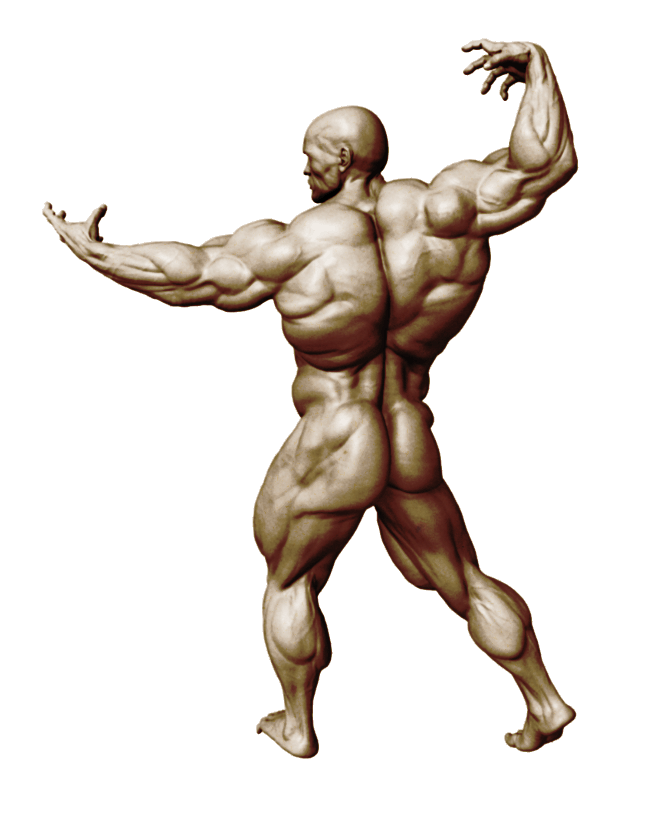Digital Sculpting
What is Digital Sculpting and how does it differ from High Resolution Polygonal, Sub-D, or NURBS Modeling?
Digital Sculpting is used to introduce or compound details to meshes that would otherwise have been difficult or impossible to create using traditional 3d modeling techniques. This makes it preferable for achieving photorealistic and hyper-realistic results, though, many stylized results are achieved as well. Digital sculpts in the form of displacement and/or normal maps give a production an effective means to complete an incredible amount of resolution while saving both time and money.
Digital Sculpting is primarily used in high poly organic modeling (the creation of 3d models which consist mainly of curves or irregular surfaces, as opposed to hard surface modeling). It can create the source meshes for low poly game models used in video games. In conjunction with other 3d modeling and texturing techniques and displacement and normal mapping, it can greatly enhance the appearance of game meshes often to the point of photorealism.
The digital sculpt is an additional layer that compounds the technical aspects of 3d modeling (You still need a relative amount of resolution at the 3d modeling level to support shape and function but anything too high would be very expensive and time consuming for the production) by adding an additional layer of detail while keeping the underlining 3d model mesh to a more manageable level.
High polygonal sculpts are also extensively used in CG artwork for movies, industrial design, art, photorealistic illustrations, and for prototyping in 3d printing.
So why do I need 3d modeling when I can have digital sculpting?
You still need the functional aspect of the 3d model to preform to the productions needs or standards, primarily if the 3d asset requires animation. There are specific instances for art where a technically sound wireframe is not needed but all digital sculpts start with a basic polygonal structure. As of this moment all digital sculpting is done with 3d polygon models as its placeholder.


Recent Comments